They are seedless vascular plants including horsetails and ferns.
The main characteristics of
pteridophytes are:-
- The pteridophtes are found in cool, damp, shady places through some may flourish well in sandy-soil conditions.
- Evolutionary, they are the first terretrial plants to possess vascular tissues- xylem and phloem. Xylem transports water and minerals while phloem conducts organic food..
- The dominant phase or independent plant is a sporophyte.
- Main plant is differentiated into true stem, leaves and roots.
- the leaves in pteridophyta may be small (microphylles as in Selaginella or large (macrophylls) as in ferns.
- The leaflets and leaves having sporagia are called-sporophylls.
- The sporangia contain sporogenous tissue, where spore mother cells undergo sporic meiosis to produce spores.
- In some pteridophytes like Selaginella and Equisentum the sporophylls may be compactly arranged into structures called strobill or cones.
- Plants like Lycopodium, Dryopteris etc. produce a single kind of spores and know as homosporous whereas plants like Selaginella, Salvinia etc. produce two kinds of spores, macro (large) and micro (small) spores. They are known as heterosporous.
- The spores germinate to give rise to inconspicuous, small but multicellular free living, mostly photosynthetic thalloid gametophytes called prothallus
- The megaspores and microspores germunate and give rise to female and male gametophytes respectively.
- The gametophytes bear male and female sex organs called antheridia and archegonia respectively.
- The gametophyte that develops in homosporous species is monoecious while those of heterosporous species is dioecious.
- These gametophytes require cool, damp, shady places to grow. Because of this specific restricted requirement and the need of water for fertilisation, the spread of living pteridophytes is limited and restricted to narrow geographical regions.
- Sperms are flagellated (antherozoids). They require an external supply of swimming to the mouth of archegonium.
- Fusion of gametes results in the formation of zygote which develop into embryo. The embryo develops into a multicellular well-differentiated sporophyte.
- In the heterosporous species, the female gametophyte remains on the parent sporophytes for variable periods. The development of the zygotes into young embryos takes place within the female gametophytes. This event is a precursor to the seed habit (tendency towards seed formation) considered an impotant step in evolution. Hence, heterospory leads to seed habit in plants.
- Heterosporous vascular cryptogams like Selaginella and Marsilea fail to develop seeds because:-
(a) They have no protective structure like the integuments surrounding
the megasporangia.
(b) The retention of megaspores permanently within the megasporangia has not become established.
The pteridophytes are further classified into four classes:-
(i) Psilopsida (Psilotum)
(ii) Lycopsida (Selaginella, Lycopodium)
(iii) Sphenopsida (Equisetum)
(iv) Pteropsida (Dryopteris, Pteris, Adiantum).
Note:- Azola is an aquatic water fern used as bio fertilizer. The alga Anabaena fixes atmospheric nitrogen in symbiotic with Azolla.
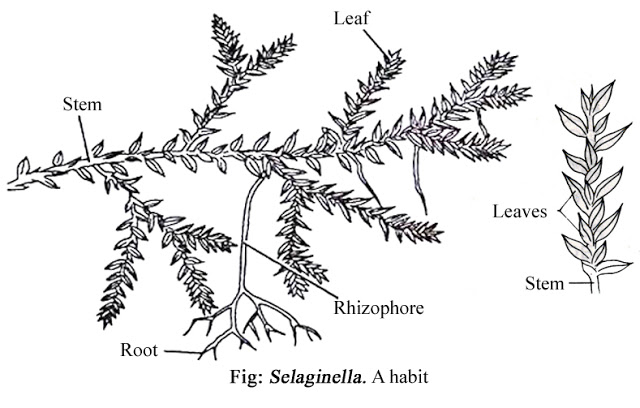
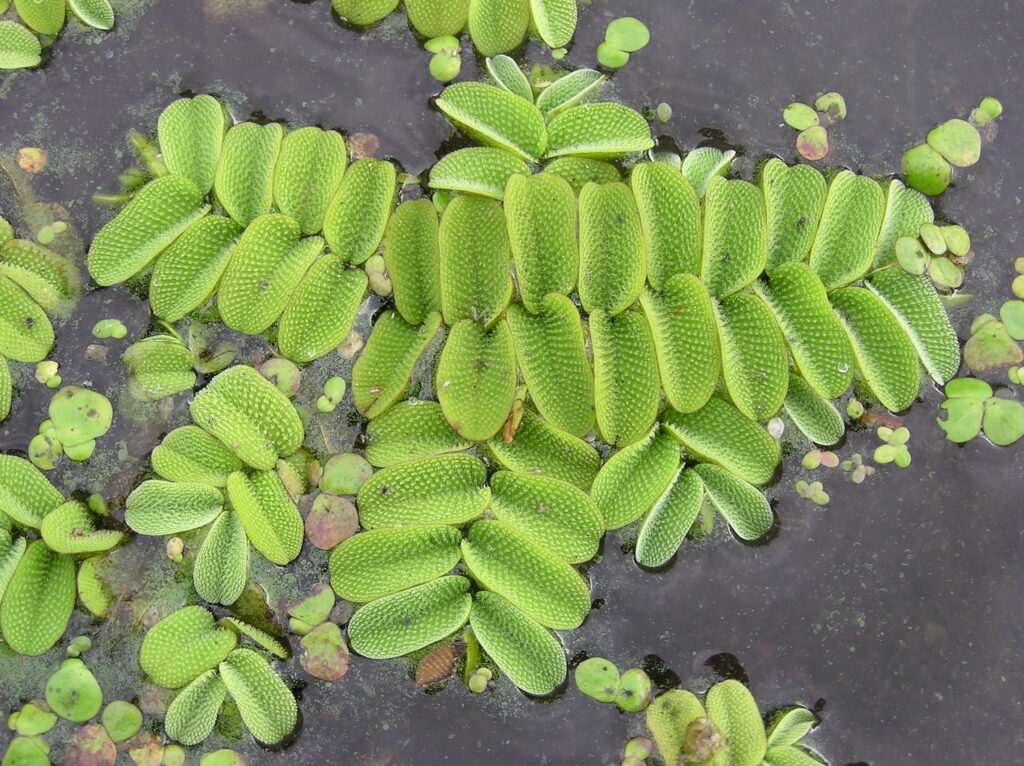
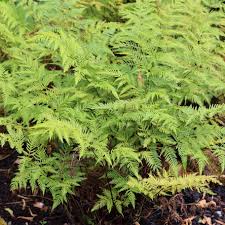
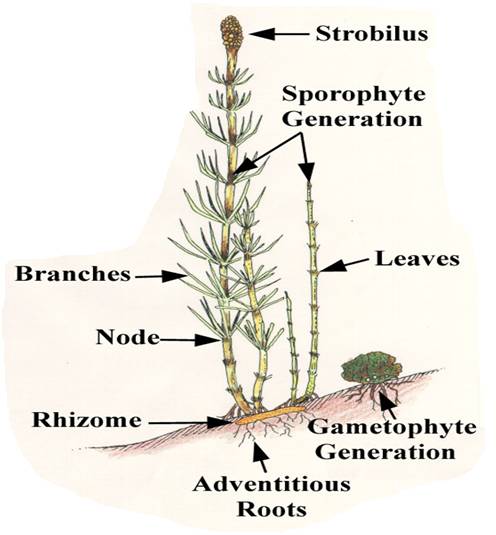
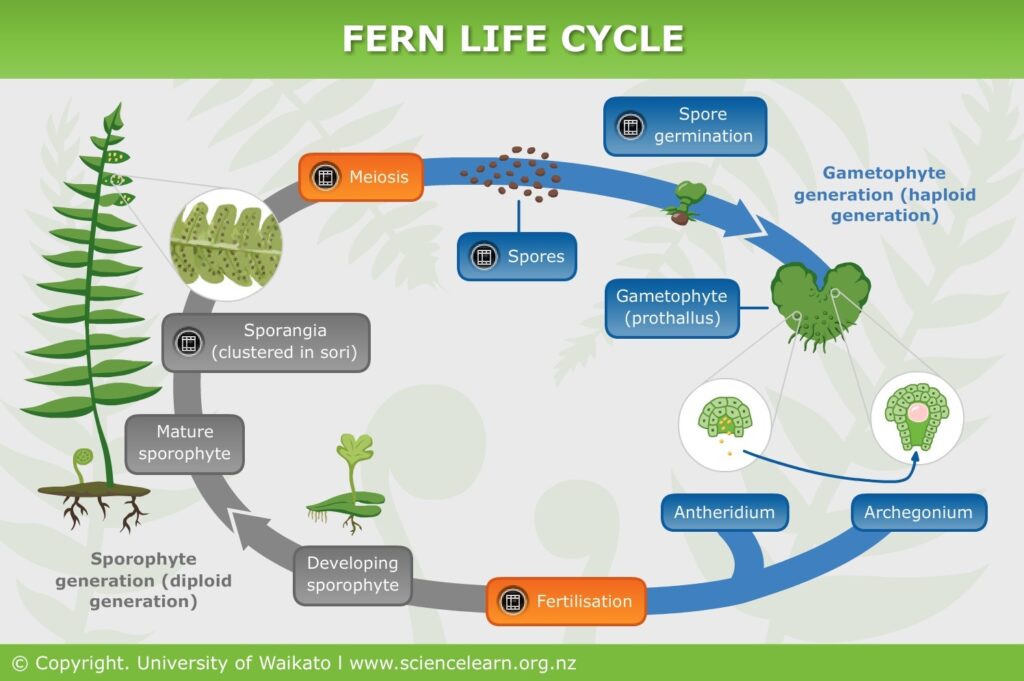
ECONOMIC IMPORTANCE OF PTERIDOPHYTES
- Soil binding:- Pteridophytes bind the soil even along hill slopes. The soil is protected from erosion.
- Medicines:– An anthelmintic drug is obtained from a pteridophyte called Dryopteris.
- Ornamentals:– Ferns are grow as ornamental plants for their delicate and graceful leaves.
- Food:- Marsilea, a water fern yields starch that constitute a good source of food for certain tribals.
- Scouring:- Equisetum stems have been used in scouring (clearing of utensils) and polishing of metals.
FUMFACTS:-
Ancient Plants: Pteridophytes, commonly known as ferns and their relatives, are some of the oldest terrestrial plants, with fossil records dating back over 400 million years. They were dominant during the Carboniferous period and played a crucial role in shaping Earth’s early ecosystems.
Reproductive Diversity: Pteridophytes exhibit a diverse range of reproductive strategies. While most reproduce via spores, some species also have the ability to reproduce vegetatively through specialized structures such as rhizomes, stolons, or bulbils.
Fern Fiddleheads: The young, coiled fronds of ferns, known as fiddleheads, are a unique and recognizable feature of many fern species. These fiddleheads unfurl as the fronds mature, resembling the scrolled end of a violin or fiddle, hence the name.
Epiphytic Habit: Many fern species are epiphytes, meaning they grow on the surface of other plants, such as trees or rocks, without causing harm to the host plant. Epiphytic ferns absorb water and nutrients from the air and rainwater that collects around them.
Medicinal Uses: Some pteridophytes have been used in traditional medicine for their medicinal properties. For example, extracts from certain fern species have been used in folk remedies to treat ailments such as wounds, fevers, and digestive disorders.
Bioindicator Species: Similar to bryophytes, pteridophytes are often used as bioindicators of environmental health. Changes in fern populations or distributions can indicate ecological disturbances such as air pollution, habitat degradation, or climate change.
Cultural Significance: Ferns have cultural significance in many societies around the world. They have been used as decorative motifs in art, architecture, and textiles for centuries and are often associated with symbolism such as resilience, tranquility, and renewal.
Edible Ferns: Some species of ferns are edible and have culinary uses in various cultures. Fiddleheads of certain fern species are harvested and consumed as a seasonal delicacy in cuisines around the world, prized for their unique flavor and nutritional value.
Habitat Restoration: Pteridophytes play an important role in habitat restoration and revegetation efforts. They are often used in landscaping projects to stabilize soil, prevent erosion, and restore native plant communities in degraded or disturbed areas.
Fossil Fuel Formation: During the Carboniferous period, ferns and other pteridophytes contributed to the formation of fossil fuels such as coal. The remains of ancient ferns were buried and compressed over millions of years, eventually transforming into coal deposits that are mined for energy today.
FAQs
- Pteridophytes are a group of vascular plants that reproduce via spores. They include ferns, horsetails, and clubmosses, among others. Unlike bryophytes, they have vascular tissues (xylem and phloem) that allow for the transport of water and nutrients.
Pteridophytes are found in a wide range of habitats, from tropical rainforests to temperate woodlands and even arid desert environments. They prefer moist and shaded areas, but some species can tolerate drier conditions
- Pteridophytes have several distinguishing characteristics, including vascular tissues for internal transport, leaves called fronds, and spore-producing structures called sporangia. They typically have roots, stems, and leaves, although their structure may vary among different species.
- Pteridophytes play important ecological roles in their habitats. They help stabilize soil, prevent erosion, and provide habitat and food for various organisms. Some species are also important indicators of environmental quality and can signal changes in ecosystem health.
- Some species of pteridophytes can become invasive in certain environments, outcompeting native plants and disrupting local ecosystems. Invasive pteridophytes may spread rapidly and become difficult to control, requiring management efforts to mitigate their impacts.